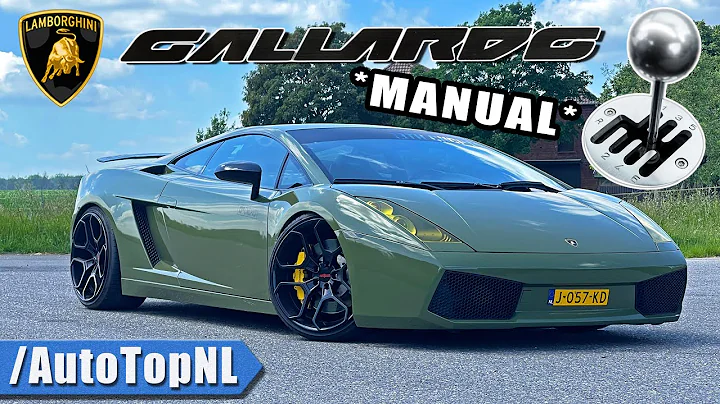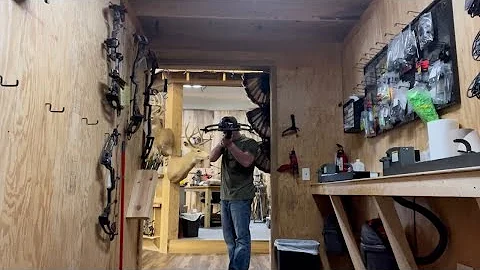Fixing Damaged Back Window Tint: Step-by-Step Guide
Table of Contents
- Introduction
- The Problem with the Back Window Tint
- Understanding the Adhesive Failure
- Why Does the Tint Form Bubbles?
- The Importance of Fixing the Back Window Tint
- Tools and Products Used for Window Tint Removal
- Using Super Stripper for Removing the Old Glue
- The Process of Cleaning the Back Glass
- Dealing with Stubborn Glue Residue
- Preparing the Back Glass for Installation
- Shrinking and Installing the New Tint
- Final Thoughts and Tips for Stripping Back Windows
The Problem with the Back Window Tint
🔍 Introduction
Driving with a damaged back window tint poses serious safety risks. Not only does it obstruct visibility, but it also gives an untidy appearance to the vehicle. As an experienced window tint professional, I recently encountered what I consider to be one of the worst back window tints. In this article, I'll dive into the reasons behind the poor condition, the process of fixing it, and some helpful tips and tools that I used along the way.
🧐 The Problem with the Back Window Tint
Upon inspection, it was evident that the back window tint was in a deplorable state. The glass was covered in unsightly bubbles that made it almost impossible to see through. It was clear that the adhesive had failed, causing the tint film to detach from the glass. What puzzled me, though, was why the tint didn't simply fall off in large sheets instead of forming numerous tiny bubbles.
🤔 Understanding the Adhesive Failure
The first step in fixing this issue was to understand why the adhesive had failed. Typically, window tints rely on a strong adhesive to adhere to the glass surface. However, over time, exposure to heat, sunlight, and moisture can weaken the bond between the tint film and the glass. This eventually leads to adhesive failure, causing the tint to bubble and detach.
💡 Why Does the Tint Form Bubbles?
The formation of bubbles in the tint film is a common occurrence when the adhesive fails. When the bond between the film and the glass weakens, air and moisture can seep in, causing the tint to bubble. The reason why the bubbles appear small and scattered rather than in large sheets is due to the intermittent loss of adhesion. Instead of the entire tint film detaching at once, it loses adhesion gradually, resulting in the formation of tiny bubbles.
⚠️ The Importance of Fixing the Back Window Tint
Driving with a compromised back window tint poses serious safety risks. The bubbles obstruct the driver's visibility, making it difficult to see through the rear glass. This not only poses a danger to the driver but also to other road users. Additionally, a damaged tint gives the vehicle an unsightly appearance and can negatively impact its resale value. Therefore, it is crucial to fix the back window tint promptly and effectively.
🛠️ Tools and Products Used for Window Tint Removal
To remove the old tint and adhesive from the back window, I utilized a combination of tools and products. One of my go-to products for adhesive removal is Super Stripper, which effectively eats away at the old glue residue. Although I ran out of it during this particular job, I also mentioned an alternative product called LA's Totally Awesome, which is readily available and gets the job done.
Continued...







